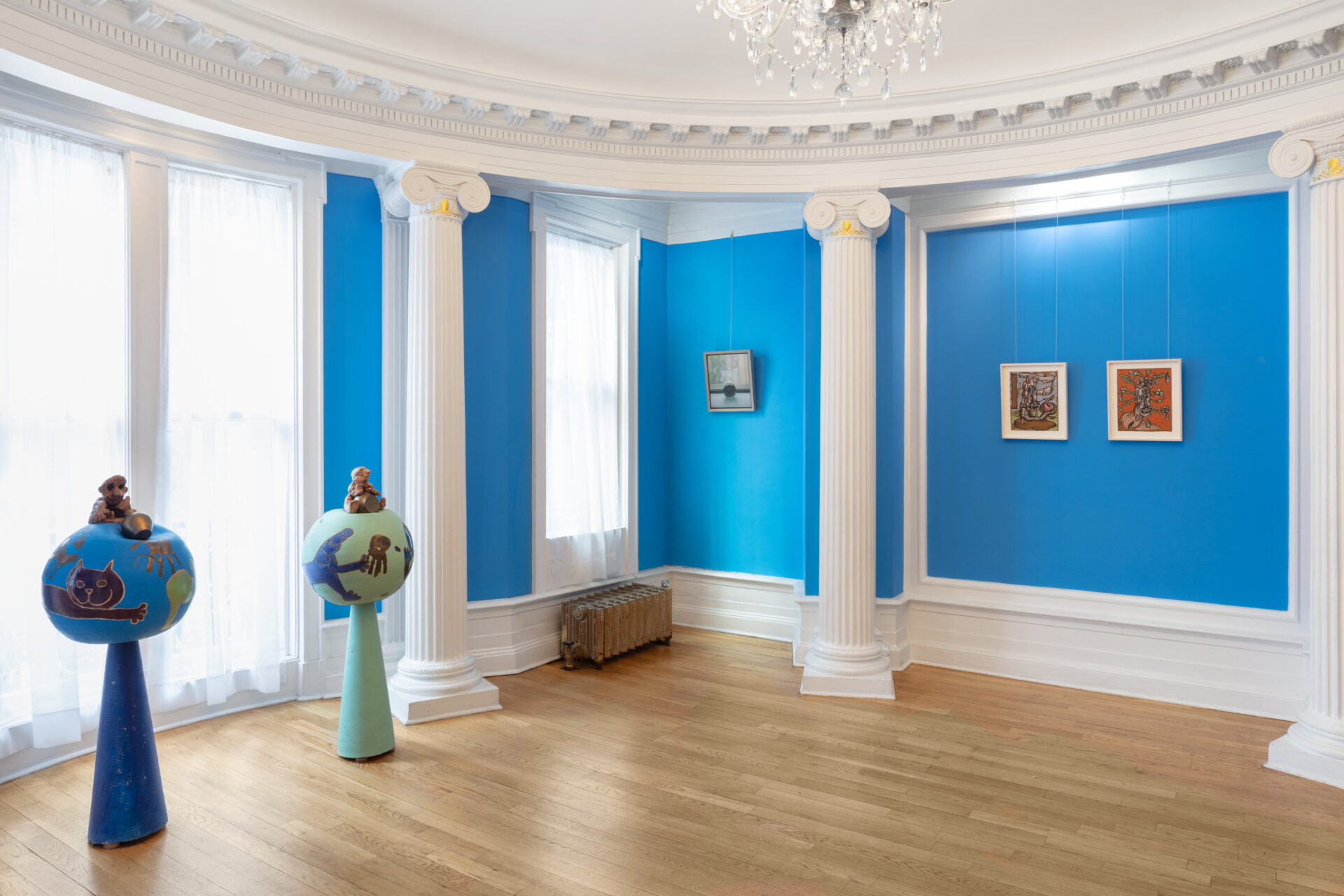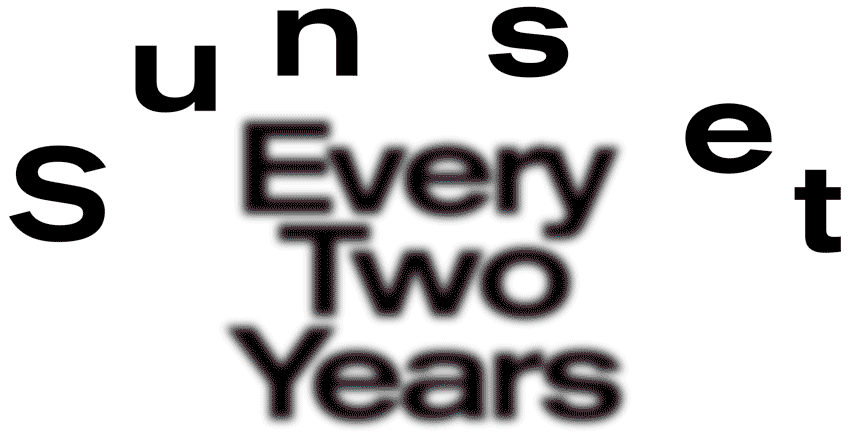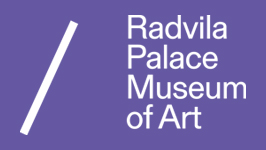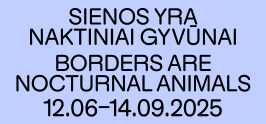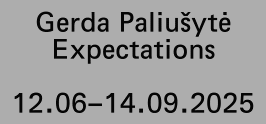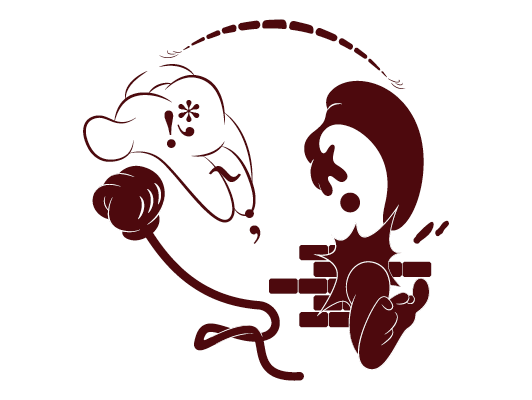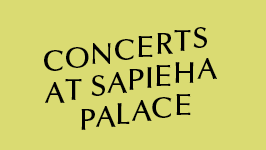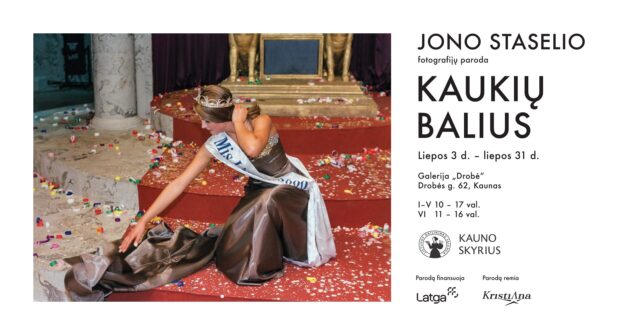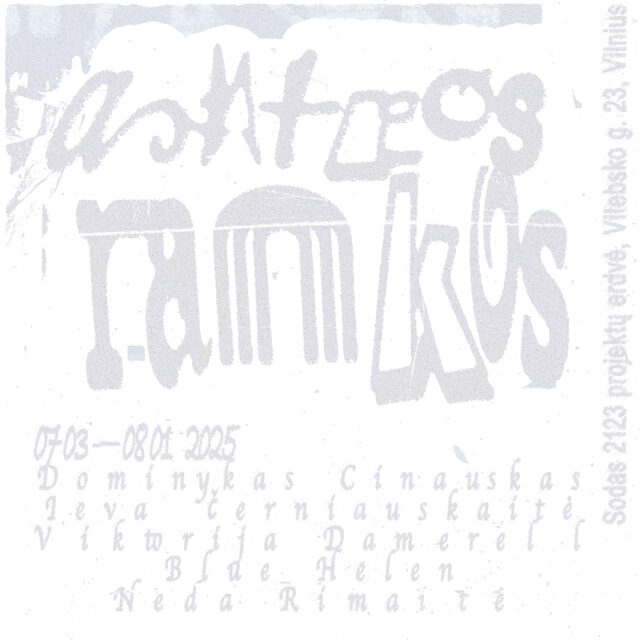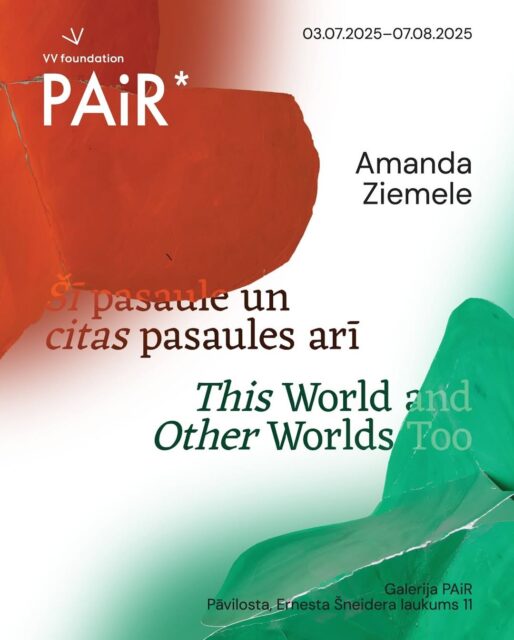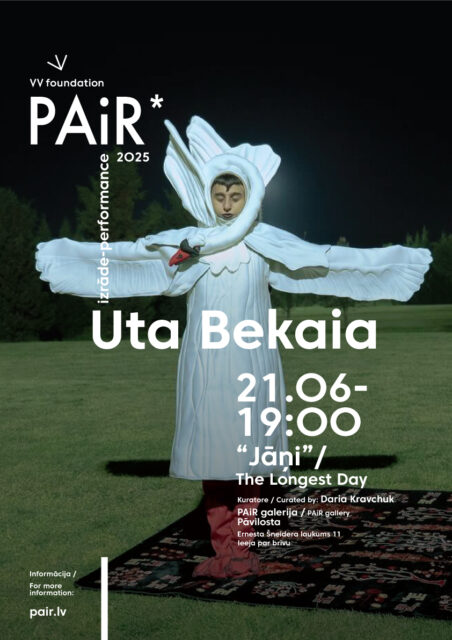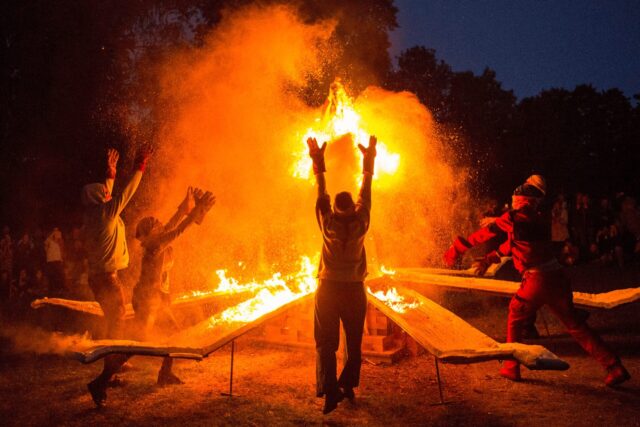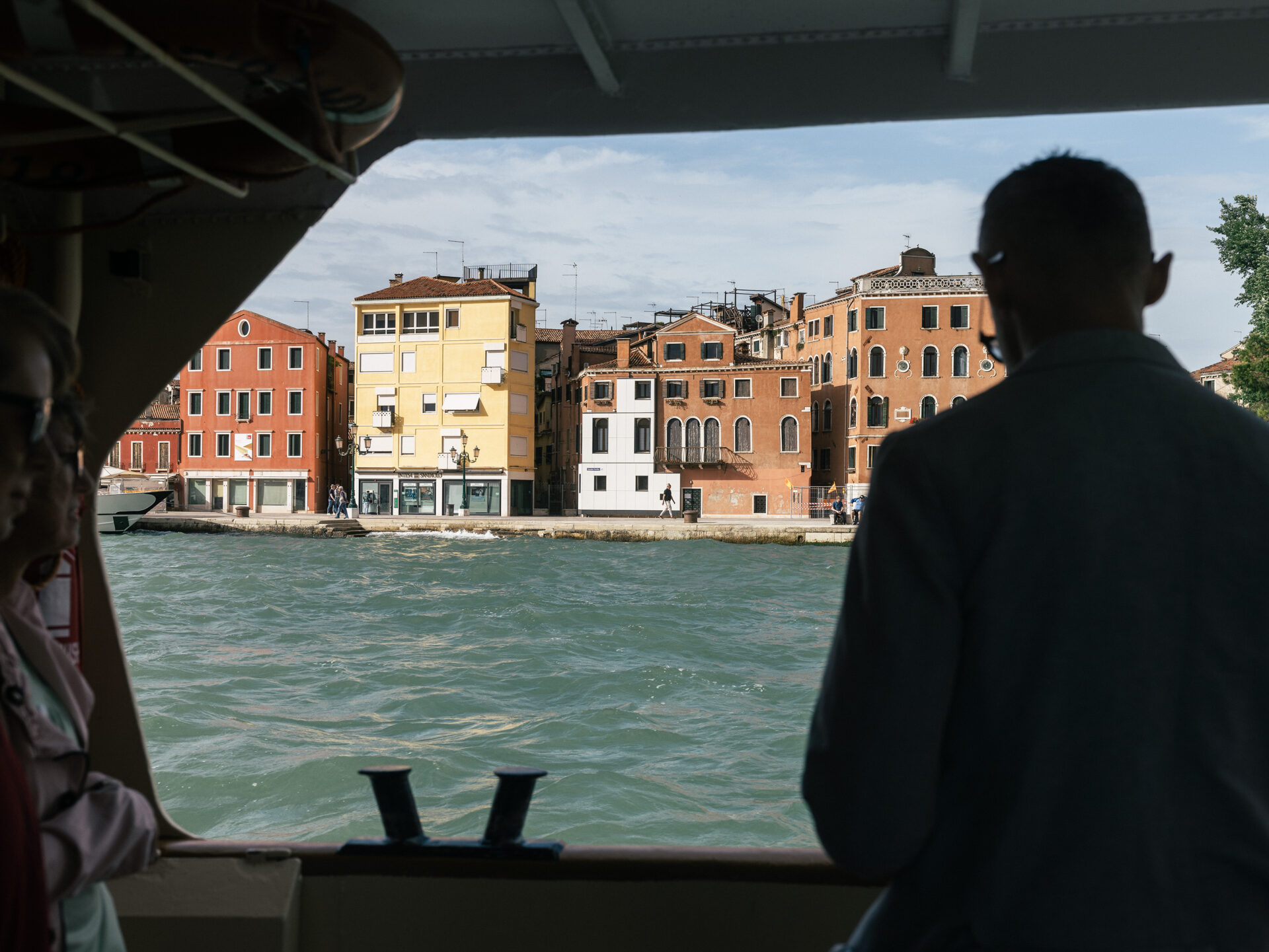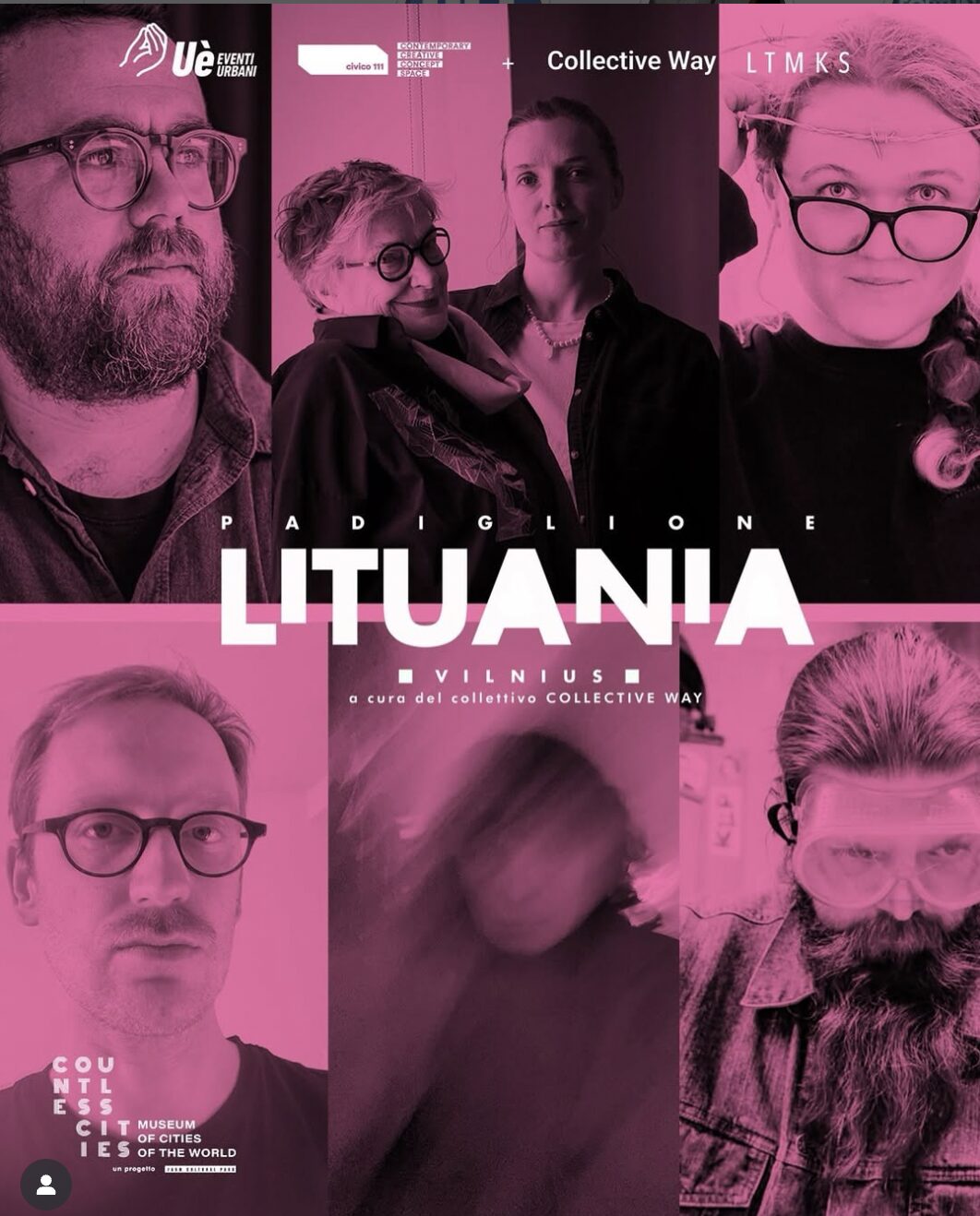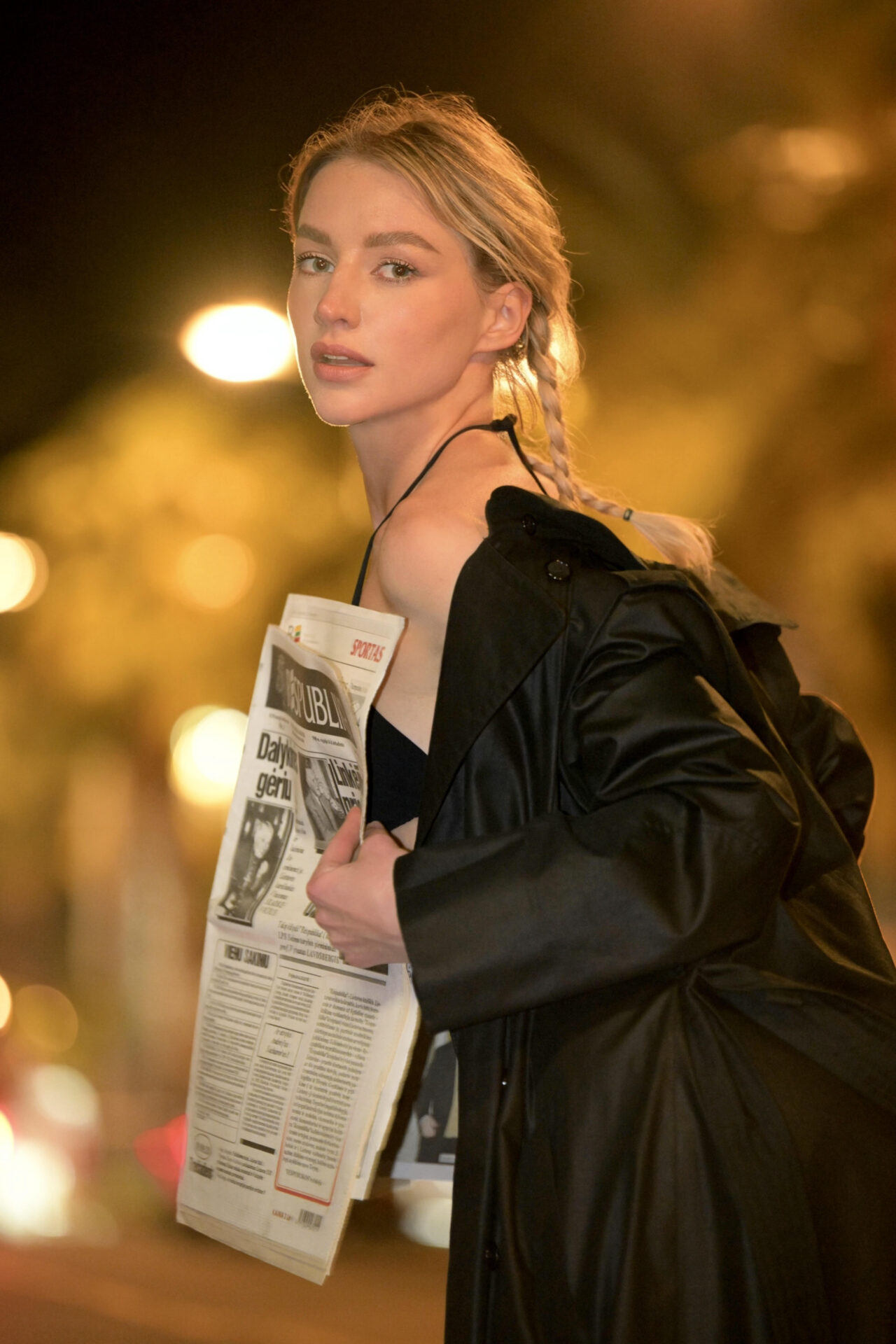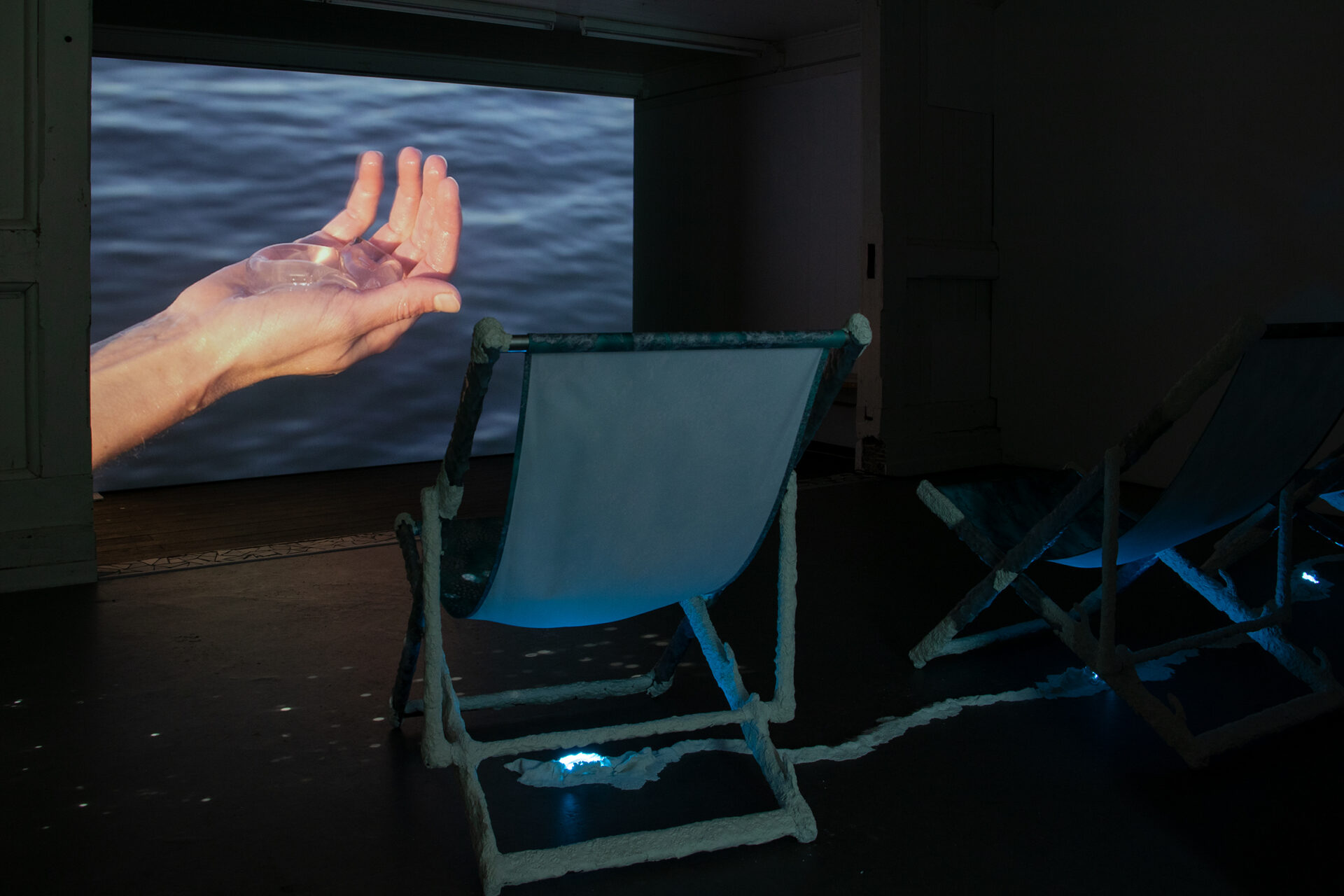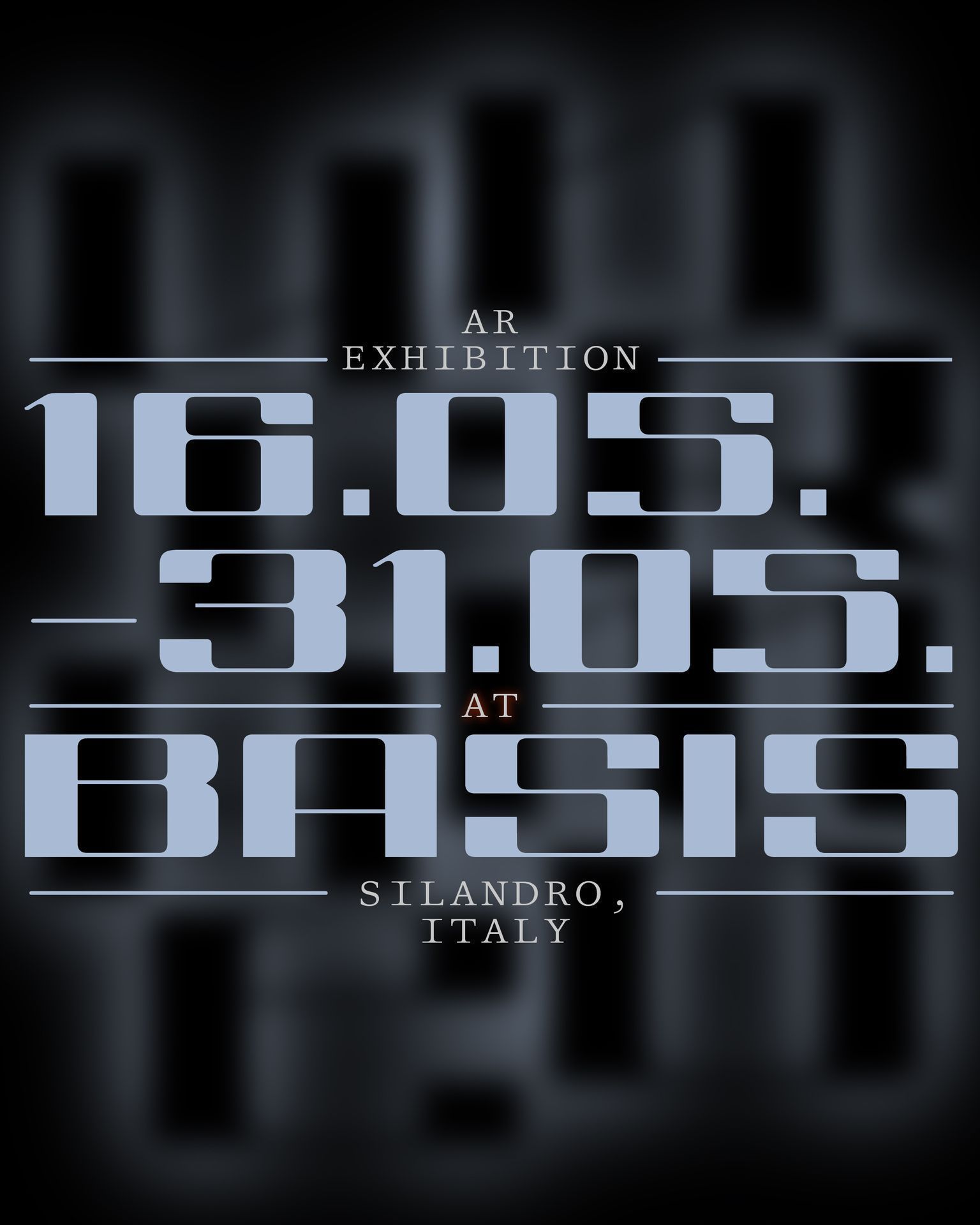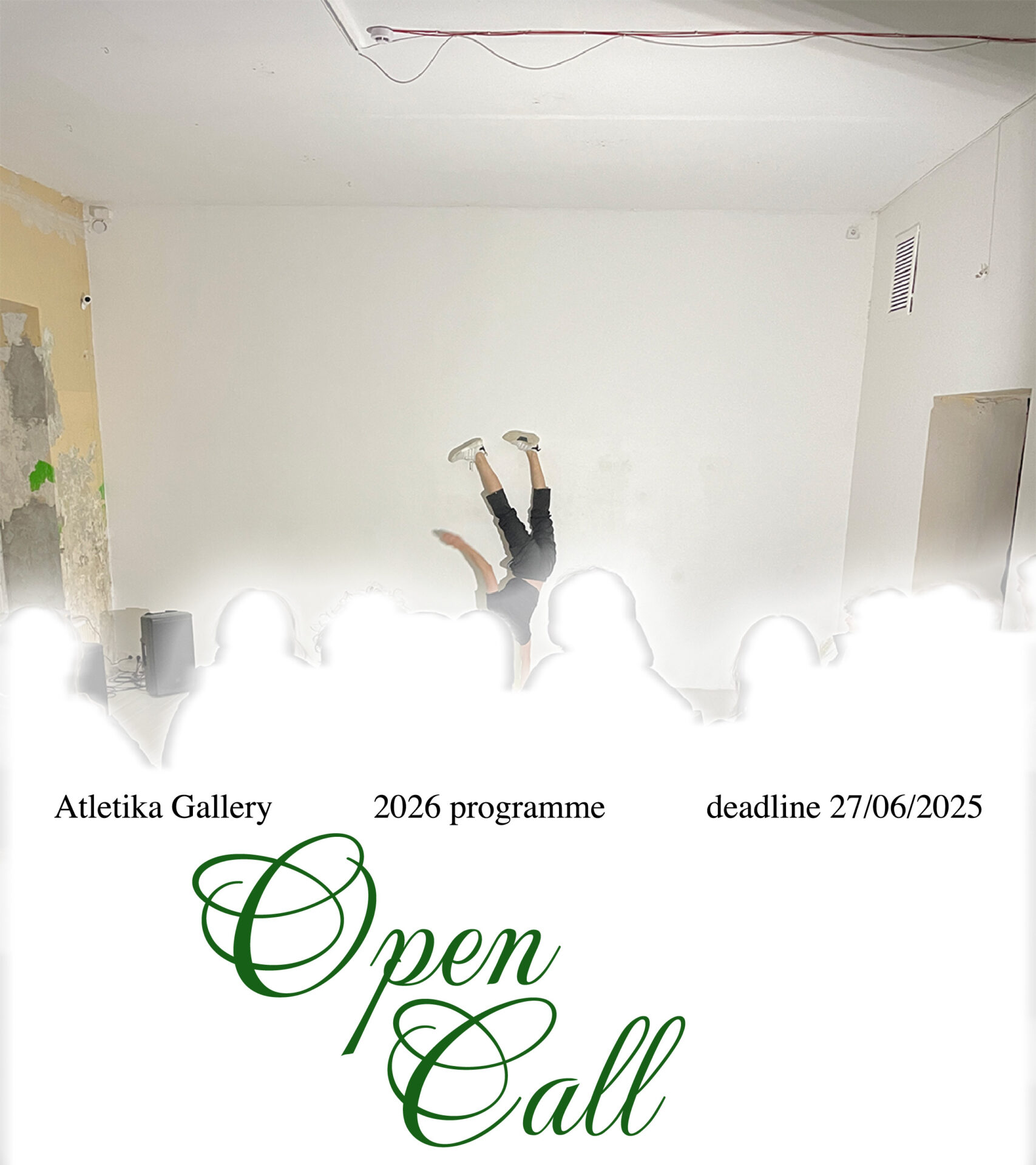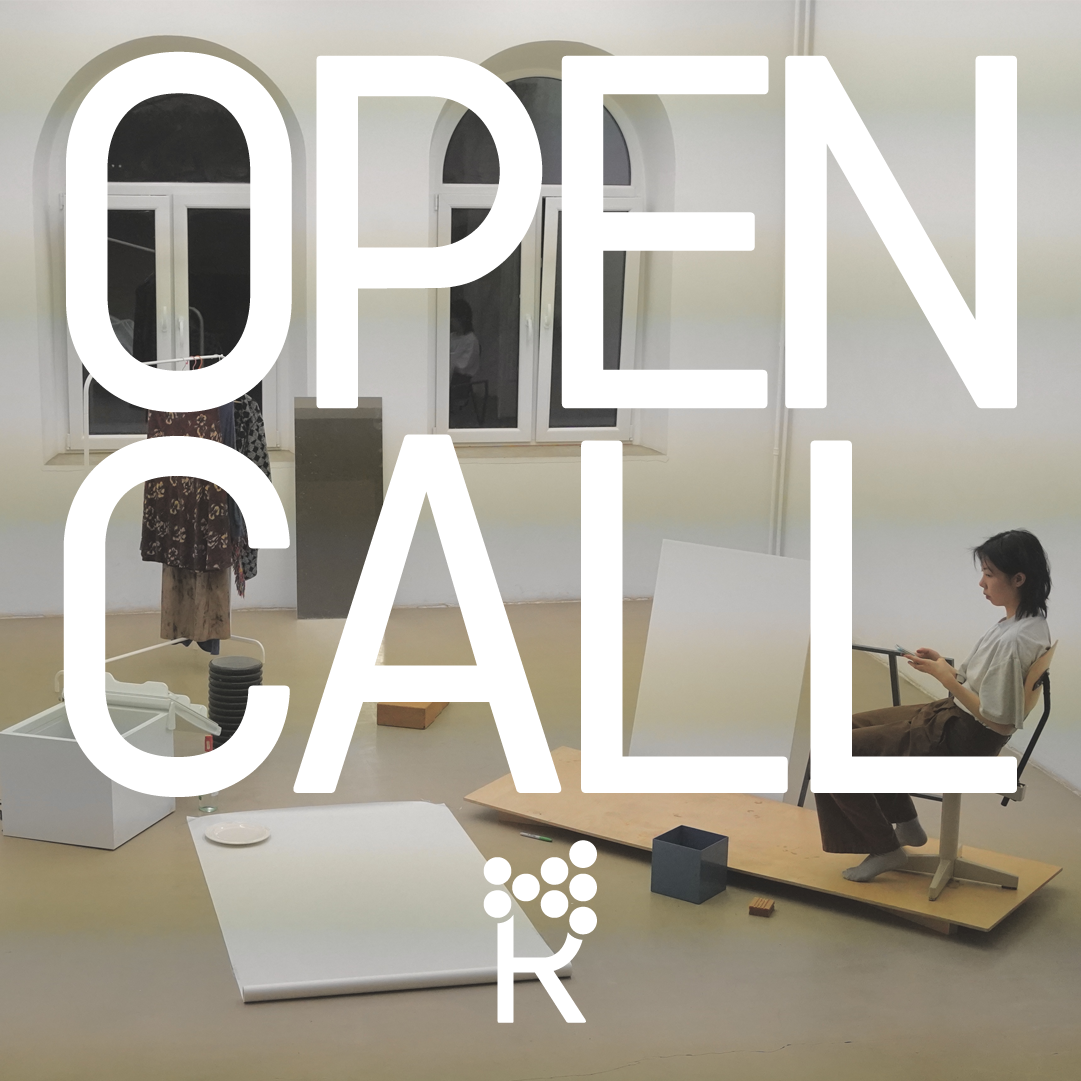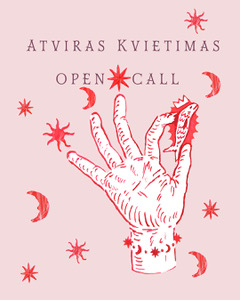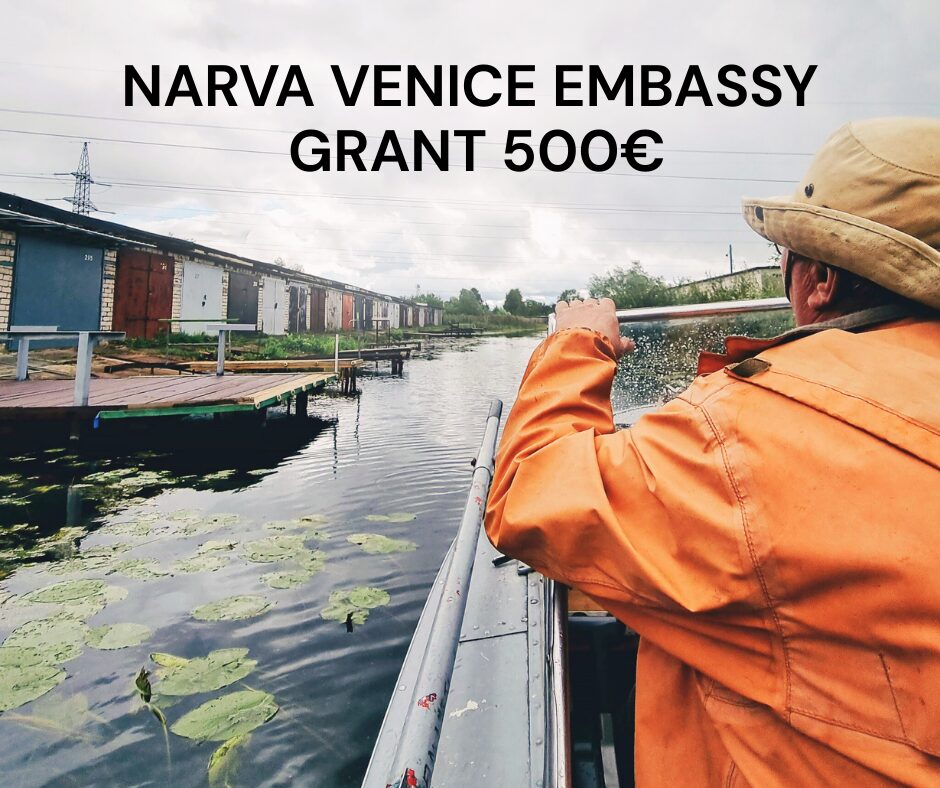The gallerist, art dealer and owner of the Margot Samel Gallery in New York, Margot Samel has become a much-quoted name on the Baltic and north European art scene, particularly for the Esther Art Fair, which has been acclaimed by the media and critics as an ‘alternative’ art fair. Teaming up with her fellow gallerist Olga Temnikova, Margot has created a space in New York City for art and artists who are rarely exhibited there. Esther took place in May this year at the Estonian House on East 34th Street in Manhattan. Margot shared her insights about her experience with Esther, and how Baltic and north European art was received in New York with Echo Gone Wrong. The interview was conducted by Shameema Binte Rahman via email.
SBR: You opened the Margot Samel gallery in Tribeca, currently the hippest art district in New York, which fills the absence of Baltic art and artists on the city’s art scene. Can you please share the ‘seminal image’ that has driven you all the way to become an art entrepreneur, gallery owner, curator and collaborator, and to make your mark in a foreign land? (I am quoting the ‘seminal image’ from Umberto Eco, which is like a striking image/moment around which the rest of the story revolves.)
Margot: When I first contemplated opening a gallery, I was fully aware that the last thing New York needs is another art gallery. But seeing that at the time there were no Estonian artists represented by galleries in the USA, and only a handful of artists from the Baltic States had visibility here, it seemed there was a huge gap that needed to be filled. Although the gallery’s programme presents works by artists from international backgrounds, a key area of focus is contemporary artists from the Baltic region, beginning with the gallery’s inaugural exhibition of work by the Estonian multi-disciplinary artist Kris Lemsalu. This show, Peace @ 295 Church Street, could be seen as my seminal image: not only was it the first exhibition at the gallery, but it also brought together many of my interests in art and life in general. Lemsalu used unexpected materials and created multitudes of meaning for the show in works that manifested the stages of life: from birth to death, and ‘the bit in the middle’, with an unwavering quest for peace. The show is also my seminal image because so many elements of that inaugural exhibition are still reflected in my programme today: I often introduce artists to US audiences who are better known abroad, and they often use unexpected materials or push the boundaries of their mediums in unusual ways.

Esther Art Fair, New York, 2024. Photo: Pierre Le Hors
SBR: I am super curious to know about your experience of the Esther Art Fair in New York in the first week of May this year. I noticed that many notable online newspapers and art websites mentioned it as an alternative art fair. Why do you think it was labelled ‘alternative’? I would also like to dive into your collaboration with Olga Temnikova of the Temnikova & Kasela Gallery in Tallinn, Estonia. How did you both come up with the idea of Esther, even though one of you lives outside Estonia and the other inside?
Margot: I think it was about a year ago when Olga Temnikova came to me with the idea to organise a collaborative project in New York. We were both familiar with the Estonian House in New York, and thought it would provide quite an unexpected and experimental environment for artists and galleries to interact with. We felt there was a need for a type of art fair that is not just centred around financial transactions but can also provide more meaningful and long-term relationships between artists, galleries and visitors. We also felt New York was missing this experimental platform that brings together emerging, mid-career and established galleries, so in a way we were trying to flatten these hierarchies that are often specific to art fairs. Esther doesn’t completely fit into the category of an art fair or an exhibition; maybe that’s why it was quickly labelled as an alternative art fair.

Esther Art Fair, New York, 2024. Photo: Pierre Le Hors
SBR: Why do you think Estonian art should be on the New York art scene? Have you ever had the feeling that you are making visibility from the frontier? What is the reception of Estonian, Latvian and Lithuanian, or Baltic, art like?
Margot: The year 2024 has definitely been the year my programme has focused most on artists from Estonia and the Baltic in general, starting with solo exhibitions by the Estonian artists Merike Estna and Kris Lemsalu, and most recently a group exhibition curated by Lilian Hiob that featured a number of artists from the Baltic, such as Johanna Ulfsak, Anastasia Sosunova and Jaanus Samma. I think that, just like with other artists on the periphery making work, artists from Estonia bring a unique perspective and narratives to what can be seen as the ultimate centre, the art scene in New York. I’m definitely seeing a shift and more interest from the centre towards alternative narratives.
SBR: You have written articles for Estonian news sites, studied in Estonia and later in Scotland, and now you are working in New York in the USA. How do you see the Estonian art scene in terms of its nature, distinctive features, artistic techniques, colours and subjects? Can you share some intriguing scenes that you have observed through your experience?
Margot: It’s hard to generalise about the art scene in Estonia, but what I’m seeing now is how so many women artists born in the 1980s are having a real moment in Estonia and internationally. This generation witnessed the transition from the Soviet Union to independent Estonia, and was also the first generation to be able to study abroad and return to Estonia with a different perspective. From my own experience, I distinctly remember having to adapt to the currency changing from the rouble to the kroon when I was a child, and then again to the euro about fifteen years later. It makes you really understand early on how quickly things can change, and how money and society are a construct. I think this period of transition and constant flux has had a major impact on ways in which contemporary artists from Estonia approach their work.
SBR: How do you choose the artists you represent? Can you describe the process of putting together an art exhibition?
Margot: Representing artists is a huge commitment for me. I remember the day I asked Kris Lemsalu to be the first artist on my roster. I was so nervous I couldn’t even get my words out, it felt like I was proposing to her, ha ha. But it just needs to be the right match between the gallery and the artist. You might love someone’s work, but if the chemistry or trust is not there, then the working relationship is probably not going to work. Now that I work with a group of artists, another factor that I often think about when showing new artists is how they fit in to the programme, particularly in terms of other artists I represent.

Esther Art Fair, New York, 2024. Photo: Pierre Le Hors
SBR: What projects are you currently working on? Is there any collaborative project coming up, like Esther from the Baltic?
Margot: I have just opened a group exhibition ‘Thank you, I’m rested now. I’ll have the lobster today, thank you’, which is a collaboration between us and the Pangée gallery in Montreal. My next exhibition is also a collaboration, a gallery swap I’m doing with Kendall Koppe, who will be presenting Miguel Cardenas’ work at my space in August, and I’ll be presenting one of my artists, Narcissister, at that space in Glasgow in October. As the costs of running a small or mid-size gallery get higher and higher, while the economy remains uncertain, it’s becoming more and more important that galleries think of non-traditional ways to collaborate and help each other out. This involves being creative about how we can share costs or innovate through exchanges that are not monetary.
My forthcoming solo exhibition in September is with Elizabeth Radcliffe, an Edinburgh-born textile artist, whose weavings memorialise moments in her life and are imbued with a considerable amount of labour. In each piece, a garment, a waxed motorcycle jacket or designer tennis wear, points to the sartorial sensibility and personality of its wearer, who is only suggested by a truncated silhouette. She has been weaving for over fifty years, and I’m thrilled to be presenting her first solo exhibition outside Scotland.
SBR: Thank you, Margot, for your time.
